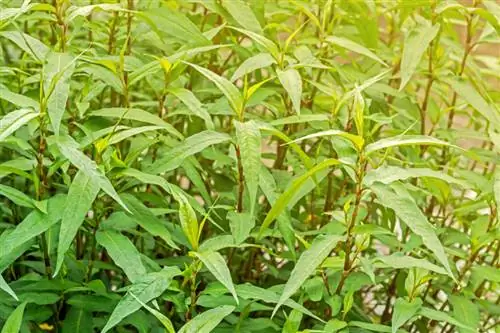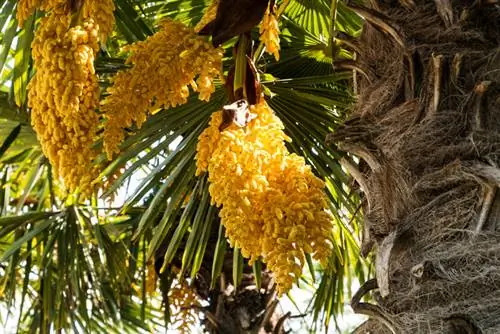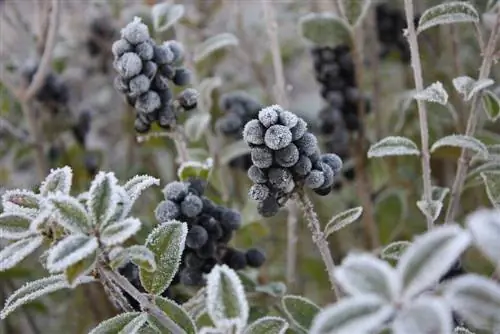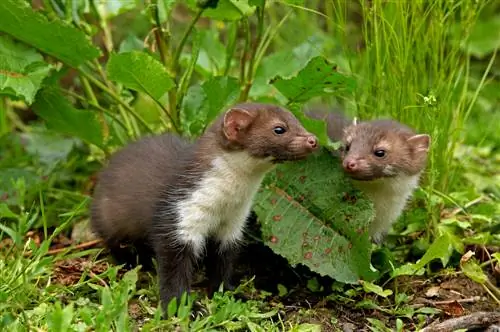- Author admin [email protected].
- Public 2023-12-16 16:46.
- Last modified 2025-01-23 11:20.
Actually, knotweed (Fallopia or Polygonum aubertii) is a very fast-growing and almost indestructible climbing plant that doesn't require too much care - apart from regular and vigorous pruning so that the plant doesn't take over the entire garden in no time overgrown. But even the robust knotweed occasionally shows signs of inadequate supply.
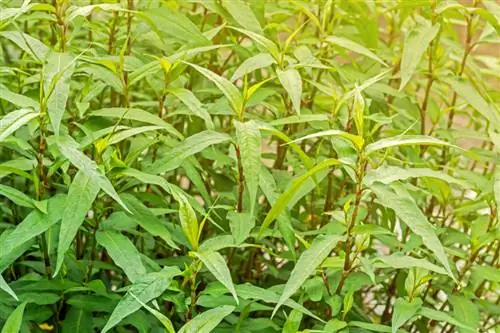
Why does my knotweed have yellow leaves?
Yellow leaves on knotweed indicate a lack of water and nutrients, especially for plants in pots and balcony boxes. To counteract this, you should cut back the knotweed, repot it in a larger planter if necessary and ensure there is sufficient water and nutrient supply.
Yellow leaves indicate a lack of water and nutrients
Knotweeds cultivated especially in pots, balcony boxes or other planters quickly suffer from a lack of space due to their strong growth - the normally very deep, widely branched roots cannot spread in line with the above-ground growth, so that water and nutrients cannot get in sufficient quantities can be absorbed. A lack of supply occurs, which quickly becomes apparent in the leaves turning yellow.
What to do about yellow leaves?
The only thing that helps is to cut the knotweed back and, if possible, put it in a larger pot. The planter cannot be large or deep enough, although the plant feels most comfortable in the wild - i.e. planted out in the garden.
Tips & Tricks
If your knotweed has yellow leaves in autumn, this is most likely normal, after all it is a deciduous plant.

